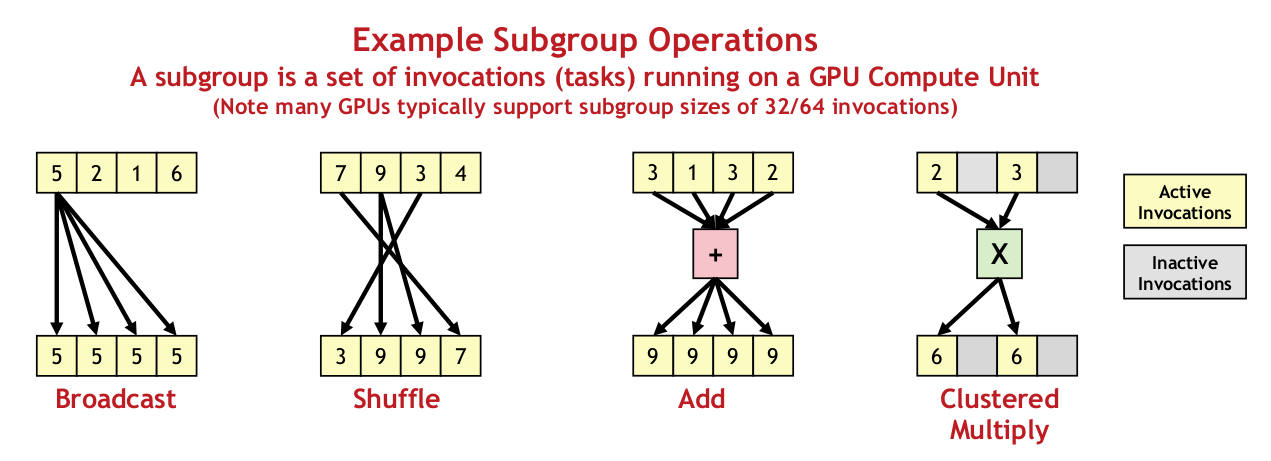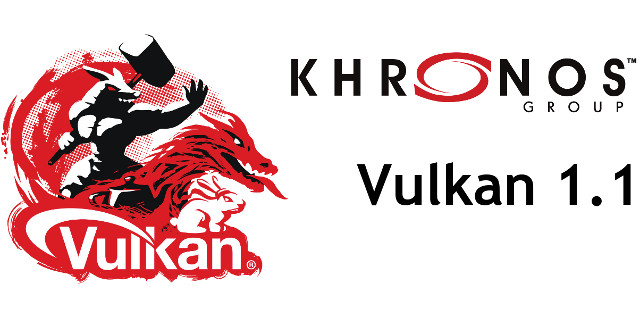The Khronos Group released Vulkan 1.0 specifications in 2015 as a successor of OpenGL ES, compatible with OpenGL ES 3.1 or greater capable GPU, and taking less CPU resources thank to – for instance – better use of multi-core processors with support for multiple command buffers that can be created in parallel. A year later, we saw Vulkan efficiency in a demo, since then most vendors have implemented a Vulkan driver for their compatible hardware across multiple operating systems, including Imagination Technologies which recently released Vulkan drivers for Linux.
The Khronos Group has now released Vulkan 1.1 and the associated SPIR-V 1.3 language specifications.
New functionalities in Vulkan 1.1:
- Protected Content – Restrict access or copying from resources used for rendering and display, secure playback and display of protected multimedia content
- Subgroup Operations – Efficient mechanisms that enable parallel shader invocations to communicate, wide variety of parallel computation models supported

Some Vulkan 1.0 extensions are now part of Vulkan 1.1 core:
- Multiview – A single render pass can render to multiple image views simultaneously
- Device Groups – Enables homogeneous multi-GPU systems such as AMD CrossFireX and NVIDIA SLI for high-performance gaming and VR
- Cross-process and Cross-API sharing
- Advanced Compute Functionality – Read and write 16-bit quantities stored in GPU memory
- HLSL support – elaxed block layout enables support for the same memory data layout constraints as Microsoft’s HLSL
- YCbCr support – Sample the YCbCr color formatted textures produced by many video codecs
Vulkan 1.1 is available today with specification open to anyone, as well as conformance tests, and open source tools such as LunarG SDK and validation/debug/simulation/assistant layers. AMD, Arm, Imagination, Intel, NVIDIA, and Qualcomm are all said to have conformant Vulkan 1.1 drivers now. More details on Vulkan page, including links to the specifications themselves, and you may also want to read the Vulkan 1.1 presentation for a quick overview of the new Vulkan 1.1, and progress made by Vulkan in general.

Jean-Luc started CNX Software in 2010 as a part-time endeavor, before quitting his job as a software engineering manager, and starting to write daily news, and reviews full time later in 2011.
Support CNX Software! Donate via cryptocurrencies, become a Patron on Patreon, or purchase goods on Amazon or Aliexpress





